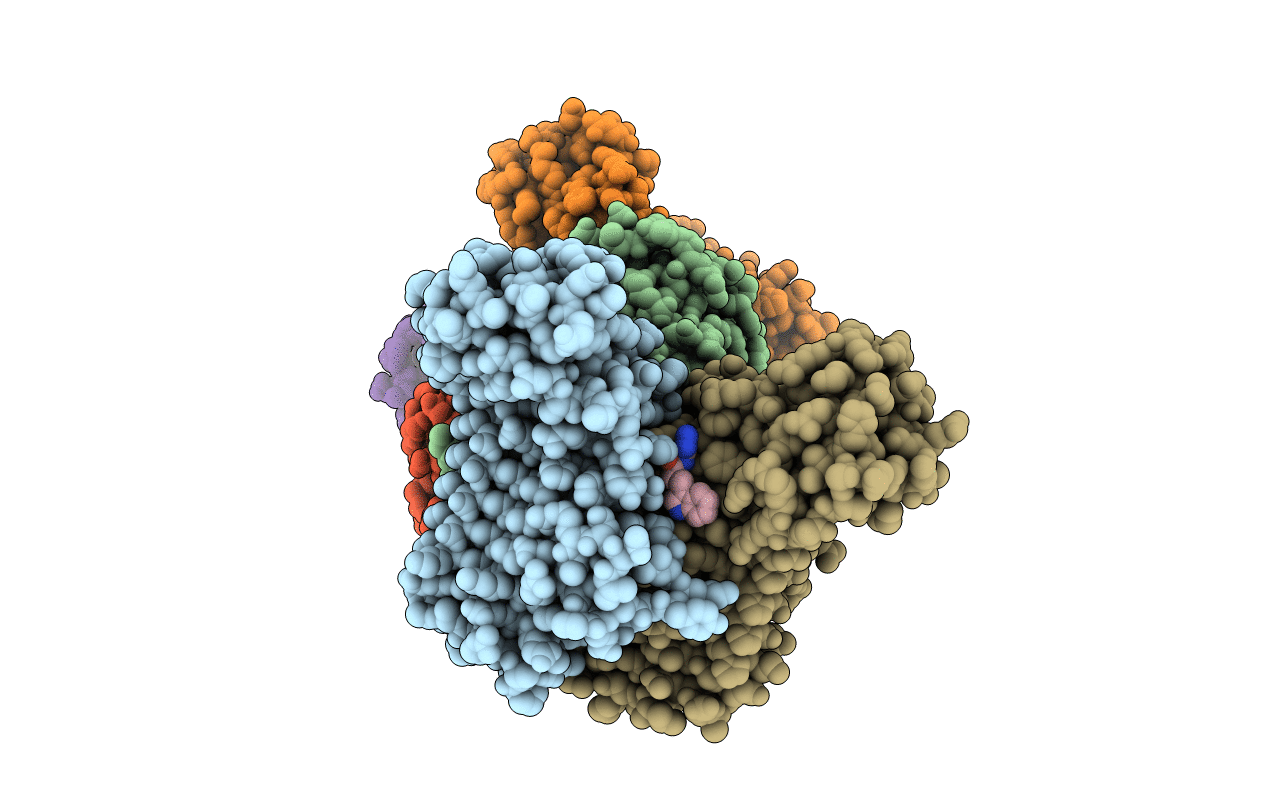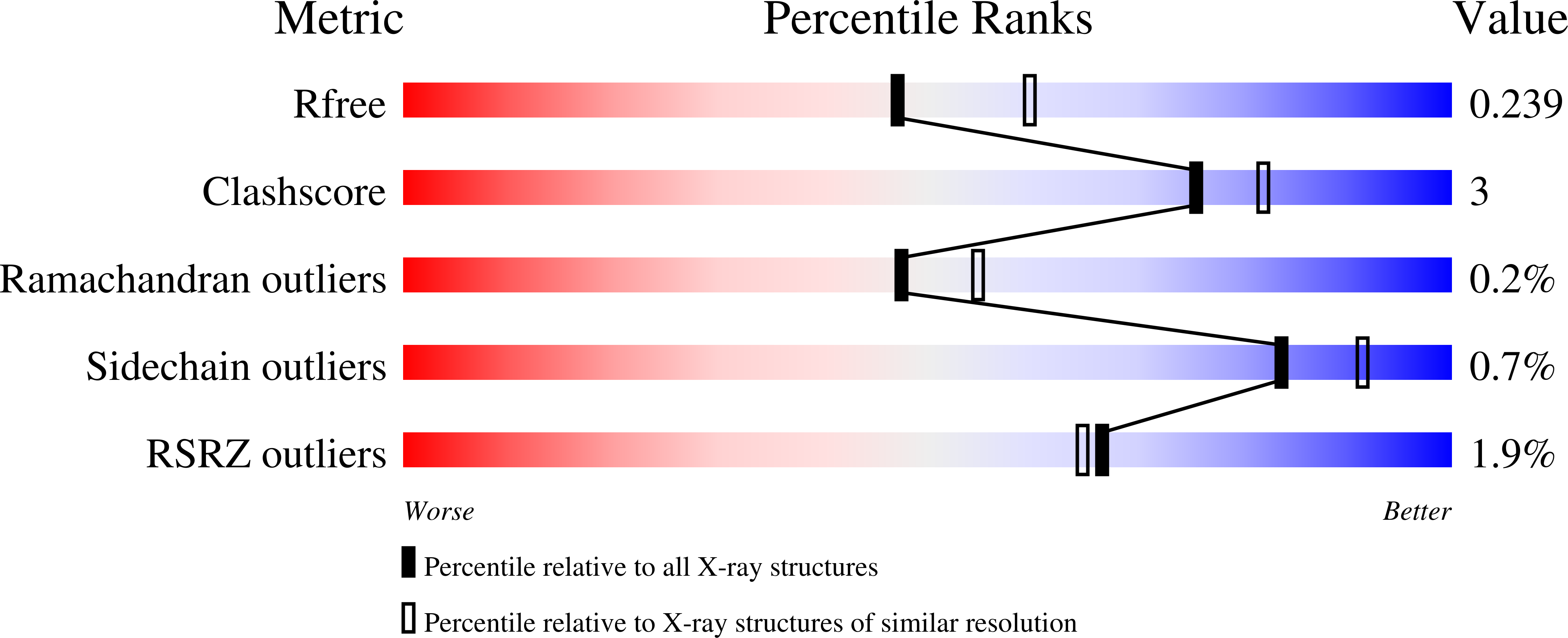
Deposition Date
2021-12-13
Release Date
2022-07-06
Last Version Date
2023-10-18
Entry Detail
Biological Source:
Source Organism:
Pseudomonas aeruginosa PA7 (Taxon ID: 381754)
Host Organism:
Method Details:
Experimental Method:
Resolution:
2.20 Å
R-Value Free:
0.23
R-Value Work:
0.19
R-Value Observed:
0.19
Space Group:
P 21 21 21


